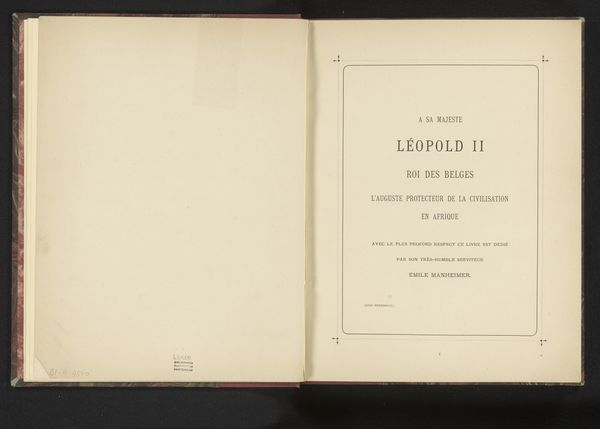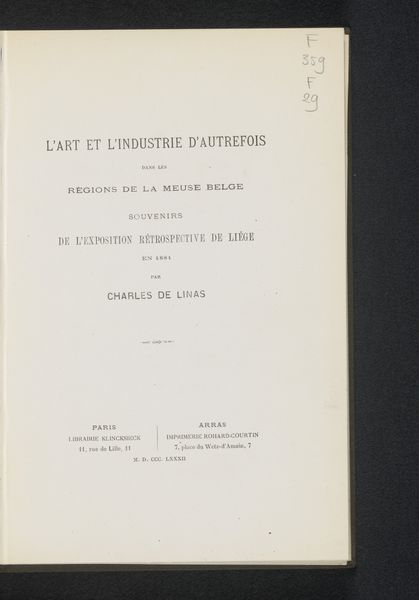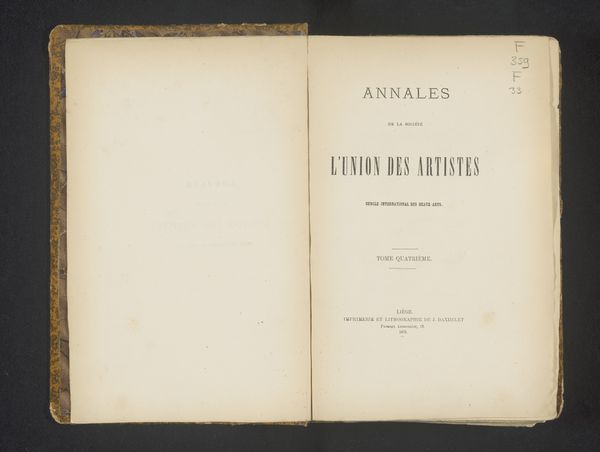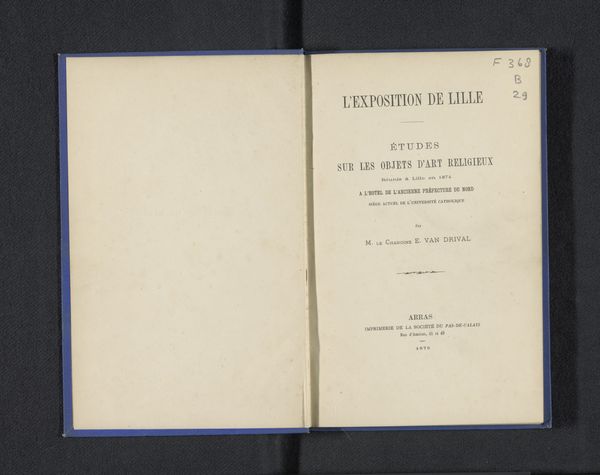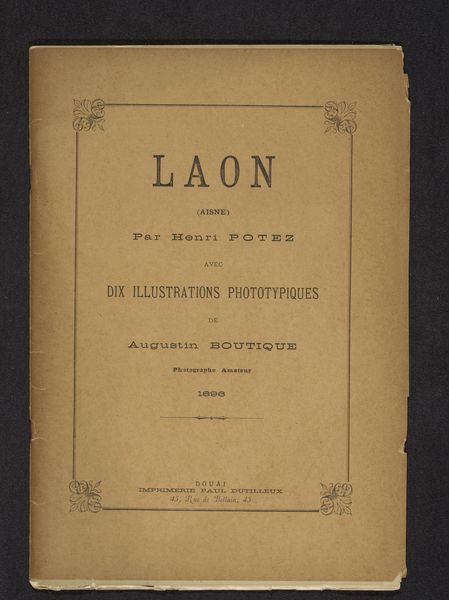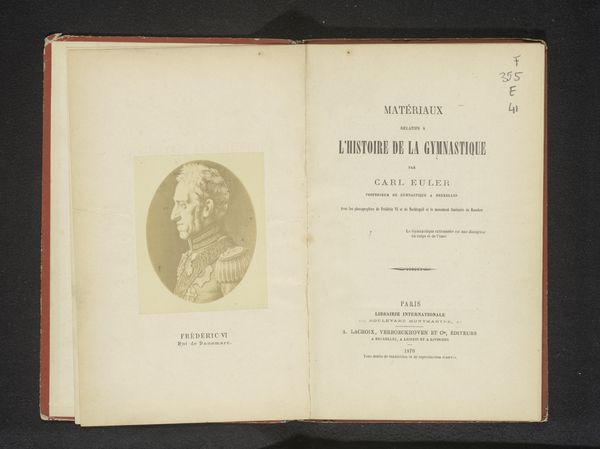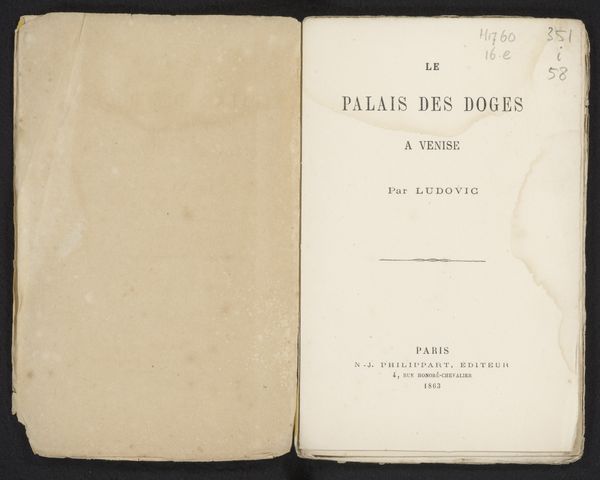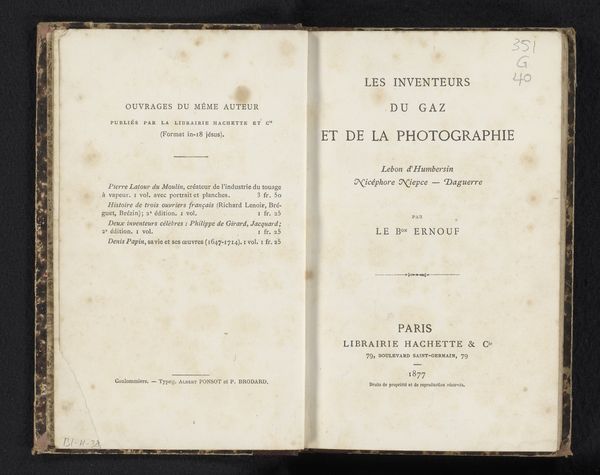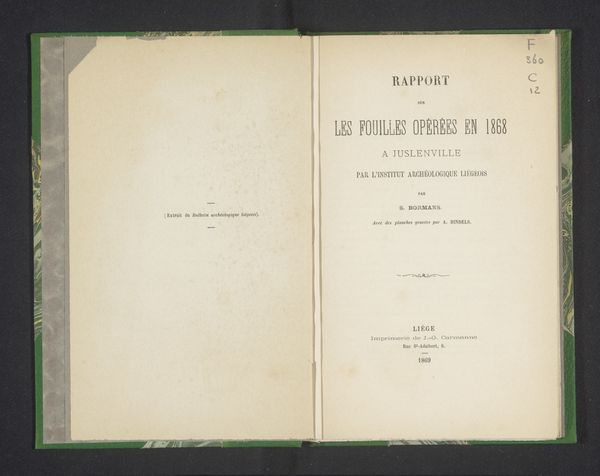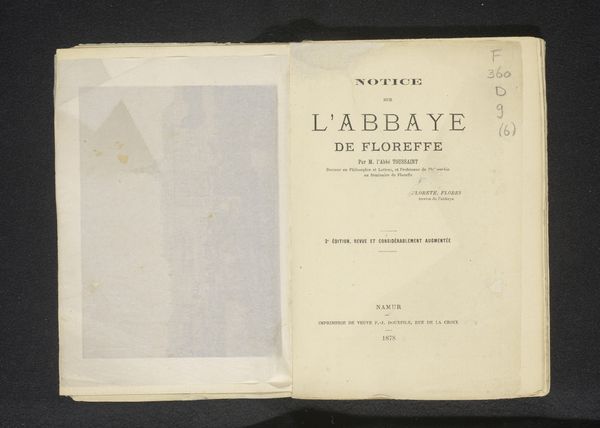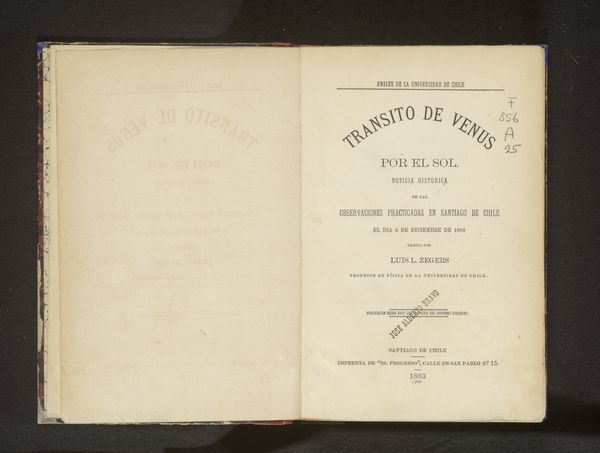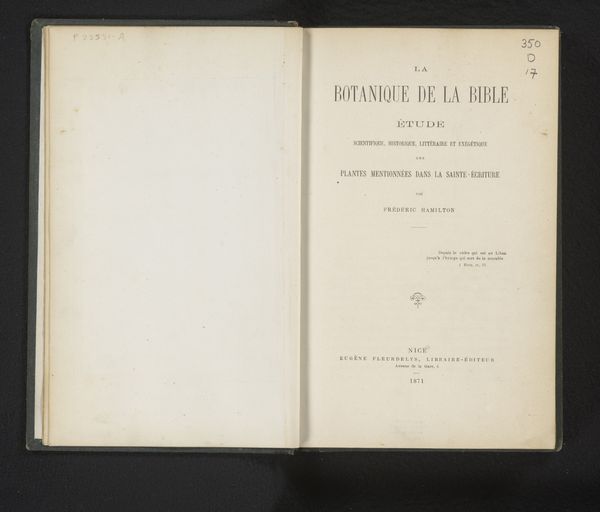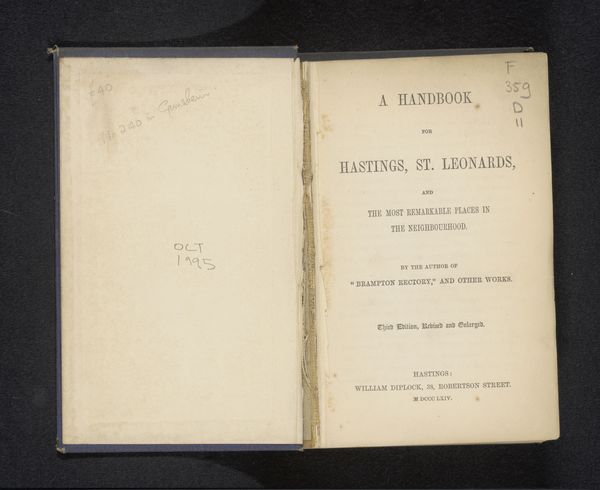
Le limon des plateaux du nord de la France et les silex travaillés qu'il renferme 1878
0:00
0:00
# print
#
history-painting
Dimensions: height 325 mm, width 255 mm, thickness 8 mm
Copyright: Rijks Museum: Open Domain
Curator: The quiet, aged paper of Ernest d’Acy's 1878 print, titled "Le limon des plateaux du nord de la France et les silex travaillés qu'il renferme"—"The silt of the plateaus of northern France and the worked flints it contains"—presents itself as more than just an artifact; it’s a portal. Editor: Indeed. There is something forlorn in its presentation. Pale teal fades into brown spots along the border. It evokes the precariousness of documents and human experience, both deeply weathered by time. Curator: Precisely. We need to delve into what makes this print more than just a document—its materiality, the ink on paper, the publishing of it. This print talks about human intervention in material landscapes. Consider the production of such texts. It underscores the intellectual labor invested in understanding and representing the natural world through a specific historical and social lens. Editor: D'Acy's historical subject matter and approach seem laden with layers of implication. As a material artifact it carries inherent social commentary that echoes late 19th century discourses of colonialism, history and knowledge production. Curator: Yes, this print prompts questions regarding power dynamics implicit within geographical studies and reveals perspectives in the production and sharing of specific knowledge about this terrain during the period. The material reality of the book—paper, ink, the labor involved in its printing and distribution—all speak volumes. Editor: Exactly. We see more than just a scientific description; we see a deliberate narrative, fraught with its contemporary societal values, reinforcing specific views. The way this data and land description gets archived then directs future understanding and utilization. Curator: To your point, I’m reminded of how printed media at that time allowed new ways of thinking about control and documentation of physical terrain which informed modes of land access, labor management and environmental control. Editor: The book then embodies tangible political consequences rooted within specific eras. Curator: Understanding that social backdrop reveals more about knowledge than merely seeing physical evidence on aged paper. Editor: That interplay transforms its importance profoundly. This artwork prompts necessary reassessments about interpreting historical artifacts.
Comments
No comments
Be the first to comment and join the conversation on the ultimate creative platform.
